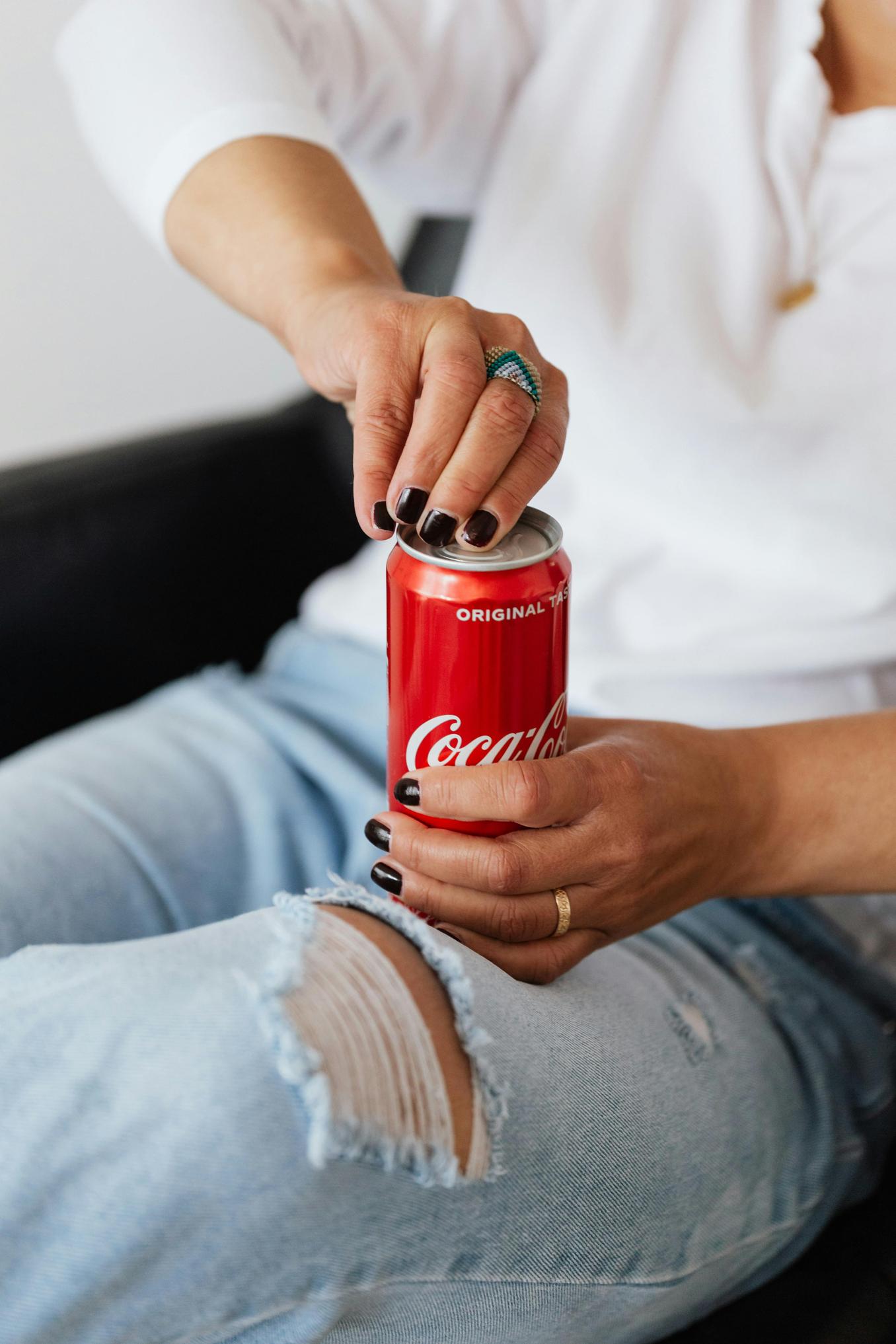Introduction
Combining lip piercings with braces may seem like a bold fashion statement, yet many wonder if it’s feasible or advisable. Before taking the plunge, it’s essential to consider potential risks, expert opinions, and effective maintenance strategies. This guide will provide valuable insights to help you make an informed decision about having a lip ring with braces.

Understanding Lip Piercings
Lip piercings are a popular form of body modification that allows for personal expression through varied jewelry styles. From simple studs to ornate rings, lip piercings offer numerous options for customization. The procedure typically involves piercing the soft tissue around the lips and inserting a piece of jewelry. While the appeal of a lip piercing is undeniable, maintaining hygiene and preventing infection are crucial to ensuring a successful and safe experience.

Overview of Braces and Their Functionality
Braces are orthodontic devices designed to correct dental issues, such as misaligned teeth and overcrowding. Using brackets, wires, and elastic bands, braces apply consistent pressure to gradually move teeth into the desired position. The duration of wearing braces varies based on individual needs, but the benefits include improved oral health, better bite alignment, and an enhanced smile. Maintaining clean braces and adhering to orthodontic advice is crucial for effective treatment.
Risks and Challenges of Combining Lip Rings and Braces
Potential Dental Complications
Lip rings can introduce several dental complications when combined with braces. The metal jewelry can cause damage to the brackets and wires, potentially disrupting the alignment process. Moreover, continuous contact between the lip ring and teeth may lead to enamel erosion, increasing the risk of cavities and other dental issues.
Interference with Braces Functionality
Wearing a lip ring with braces may interfere with the functionality of the orthodontic device. The jewelry can obstruct the proper movement of teeth, leading to extended treatment time. Additionally, the lip ring may get caught in the braces, causing discomfort and potential injury to the inside of the mouth.
Safety Concerns
Safety is another significant concern when considering a lip ring with braces. The piercing site is prone to swelling and infection, which could be aggravated by the presence of braces. Any trauma to the area, such as accidental hits or bites, can result in complications that may require medical attention.
Expert Opinions and Recommendations
Insights from Dentists
Dentists generally advise against getting a lip piercing while undergoing orthodontic treatment. The primary concern is the increased risk of infection, as the bacteria from the mouth can easily enter the piercing site. Additionally, the dentist may highlight how the piercing could hinder the alignment process and prolong treatment time.
Perspectives from Professional Piercers
Professional piercers often recommend waiting until after orthodontic treatment to get a lip ring. They emphasize that the healing process for lip piercings requires strict hygiene, which can be challenging when managing braces. Furthermore, piercers usually advise against using metal jewelry that might interact negatively with the metal components of the braces.
Real-life Experiences and Testimonials
Many individuals who have attempted to combine lip rings with braces share mixed experiences. While some successfully maintain both, others report complications such as infections, irritation, and disrupted orthodontic treatment. These testimonials typically caution against combining the two until after completing the orthodontic process.
Best Practices for Maintenance and Care
Cleaning and Hygiene Tips
- Regular Cleaning: Clean both the lip ring and braces thoroughly with antiseptic mouthwash and a soft-bristle toothbrush.
- Oral Hygiene: Maintain overall oral hygiene by brushing and flossing regularly to prevent bacterial buildup.
- Avoid Touching: Refrain from touching the lip ring unnecessarily to reduce the risk of introducing bacteria.
Materials and Jewelry Choice
- Biocompatible Materials: Choose jewelry made from materials less likely to cause reactions, such as surgical steel or titanium.
- Appropriate Size: Ensure that the lip ring fits well and does not cause excessive pressure or movement against the braces.
Managing Infections and Swelling
- Immediate Attention: Address any signs of infection, such as redness or unusual swelling, promptly by consulting a healthcare professional.
- Anti-inflammatory Measures: Use cold compresses to reduce swelling and follow any prescribed antibiotics or anti-inflammatory medications.
Alternatives to Traditional Lip Rings
Non-metal Decorative Options
Opt for non-metal decorative alternatives like plastic or acrylic pieces that won’t interact negatively with braces.
Temporary and Removable Accessories
Consider temporary or removable accessories, such as clip-on rings or magnetic studs, for a similar aesthetic without the permanence or complications of a piercing.
Timing Your Piercing Around Orthodontic Treatment
Plan to get a lip piercing after completing orthodontic treatment to ensure no interference with the braces and to allow for proper healing without added complications.

Conclusion
While combining a lip ring with braces may seem like an enticing idea, the associated risks and challenges can be significant. Considering expert opinions and following best practices for maintenance can help you make an informed decision. Alternatively, exploring non-traditional options and planning the timing of your piercing can offer safer routes to achieving your desired look.
Frequently Asked Questions
Can You Get a Lip Ring Before Getting Braces?
Yes, but it’s advisable to allow the piercing to fully heal before beginning orthodontic treatment to minimize risks and complications.
How Long Should You Wait to Get a Lip Piercing After Braces?
It’s best to wait until your braces are entirely removed and your teeth have stabilized, typically a few months post-treatment.
Are There Specific Types of Lip Rings Recommended for People with Braces?
Non-metal jewelry made from biocompatible materials like surgical steel or titanium is recommended to reduce the risk of reactions and interference with braces.
